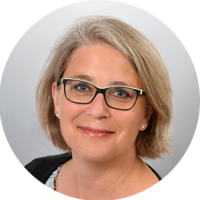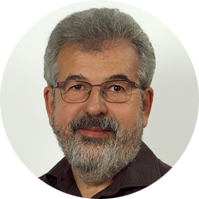The Nation's Accelerated Development
When Sultan Qaboos took power in 1970, Oman was considered one of the most backward countries in the world. Within a few years however the country was able years to develop into an attractive modern state with an exemplary infrastructure, thanks to targeted investment utilizing the revenue from the petroleum business.
A few examples illustrate the dimension of the nation's accelerated development, unique to a developing country: in 1970, there was only one tarred road in Oman, less than ten kilometers long. Today, the transport network in the sultanate covers over 31,000 kilometers of asphalt roads. The messengers on horseback were replaced by one of the world's most modern telephone networks. The postal service was expanded nationwide, and works quickly and reliably. In 1970 the single hospital in Mutrah worth mentioning has given way to a comprehensive healthcare system with 65 hospitals and a large number of polyclinics and private clinics. Medical care today reaches 90 percent of the population. From the original three boys' schools, more than 1,500 facilities have now been set up to teach boys and girls.
In October 2010 United Nations Human Development Report placed the Sultanate of Oman in first place among the fastest-growing countries in the period 1970-2010.
The initial concentration of "progress" in the Muscat area spared the rest of the sultanate from the immediate negative consequences of this developmental leap. The culture shock was missing. Although one does not live in the interior of the country as in the Middle Ages, and does drive off-road vehicles now instead of riding on a camel, the rhythm of life and the cultural peculiarity has been preserved. In this land, tradition and modernity have found each other.
Are you interested in a trip to Oman?
► Explore Oman with ARABIA FELIX
Your contacts for travels at Arabia Felix:
Maria Popp, Karin Nowack und Georg Popp
✆ Tel.: +49 (0)89 / 30 77 92 00
✉ info@oman.de



